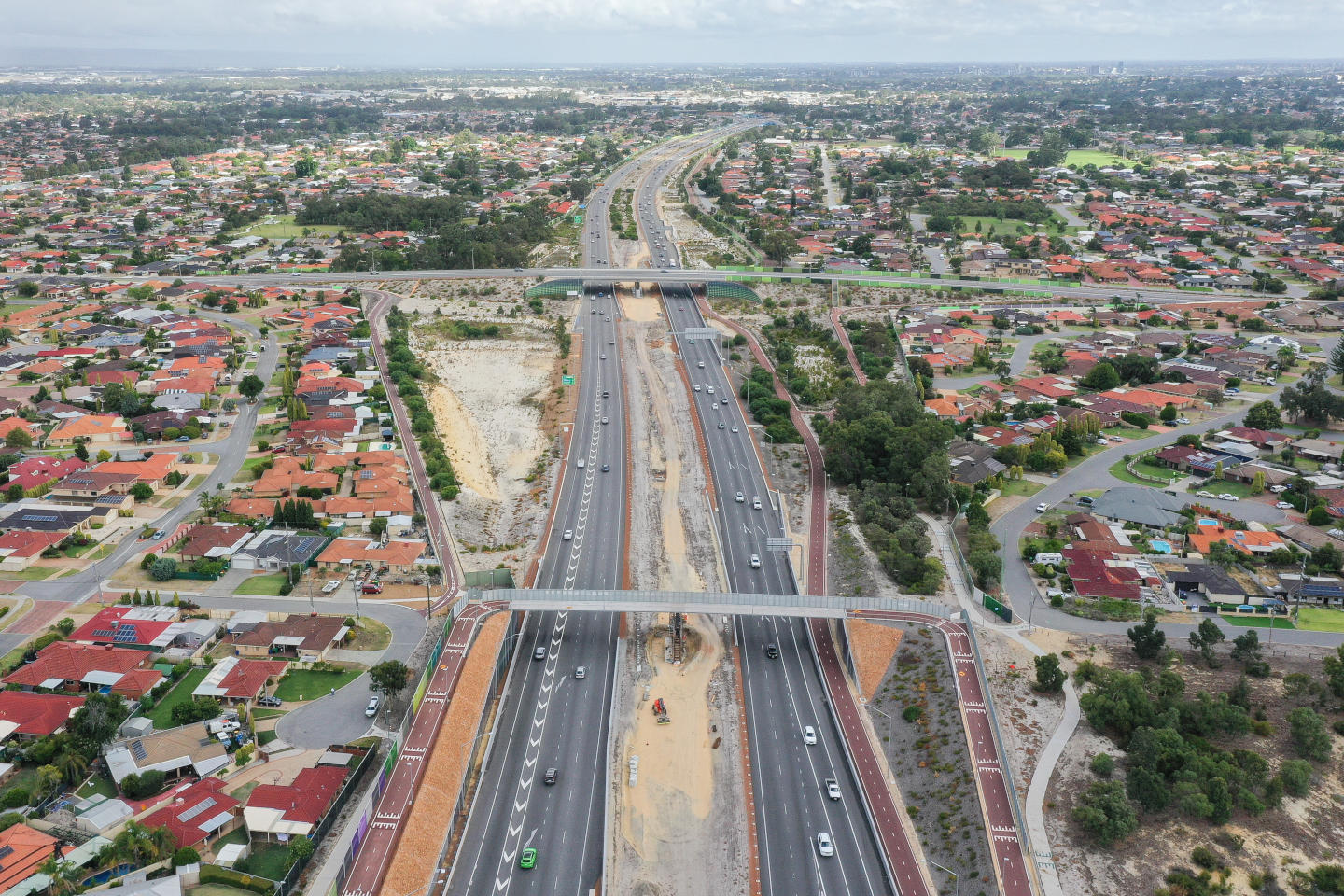Consumers could save money and capital spending needs be delayed by adopting dynamic pricing for roads, public transport and electricity, a report released Monday contends.


Consumers could save money and capital spending needs be delayed by adopting dynamic pricing for roads, public transport and electricity, a report released Monday contends.
Navigating technological disruption, encouraging investment inflow and finding competitive strengths will be key issues for the state after the upcoming election, the authors of Mannkal Economic Education Foundation’s Project Western Australia report said.
And the state has choices about how it can prepare for any future economic shocks.
Co-author Andrew Pickford cited the example of the Canadian resources province of Alberta, which diversified its economy by lowering tax and paying down debt, which made the region more attractive to new industries.
That contrasts with the alternative approach of picking industries to support.
But Project WA hopes to go beyond that.
While the importance of reforming taxes and reducing approval times were highlighted, some ideas have had less visibility in WA politics.
One is adopting pricing for services which changes according to demand at different times, leading to lower costs for many users.
That reduces the need for capital investment to build new capacity and ensures higher prices are paid by those using services when they are most constrained.
An example is the state government’s Distributed Energy Buyback Scheme, which pays higher prices for power from household solar or battteries during the time of the day when peak demand is hit.
Mr Pickford said the concept of time-sensitive pricing could be applied to many areas where the state had involvement, particularly public transport, roads, and utilities.
“People are now more comfortable with surge pricing (by using) Uber,” he said.
Power and transport would be the obvious first steps.
In WA, an ongoing reserve capacity payment is made to certain generators to ensure they are available for periods of peak demand, a cost distributed across all users, rather than those needing supply in peak times.
But a price signal might move use to other times when more capacity is available.
For car or truck owners, a big registration fee is charged annually, regardless of how often the vehicle is used, which has an equity impact.
On roads and public transport, most use occurs in peak hours, driving needs for upgrades and new investment which lead to excess capacity at other times.
Moving usage from peak times helps reduce need to invest in new capacity, Mr Pickford said, and reduce congestion for those who do need services in peak times.
Other users will be able to save money by using services at times of lower demand when prices would be cheaper.
“Time-sensitive prices will in many circumstances allow people to reduce their personal costs- for example, by using electrical appliances when power is cheapest - or direct a higher proportion of total charges to those who can best afford them- for instance, by charging transport services so that more revenue accrues from those in work,” the report said.
Mr Pickford said other mechanisms such as smart freeways had been tried to improve infrastructure use but often simply shifted bottlenecks.
He said price signals would be more effective, although it was important these reforms were backed up with policies to ensure equity and access.








